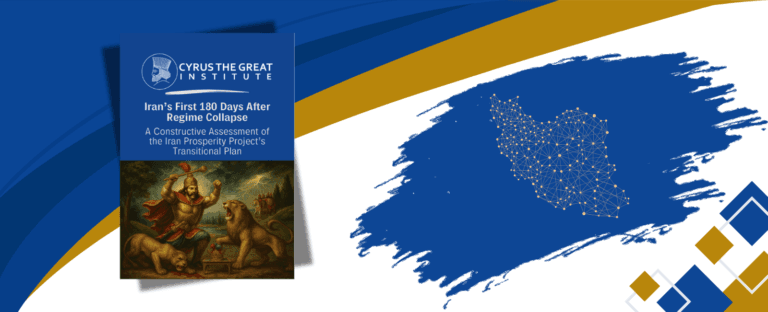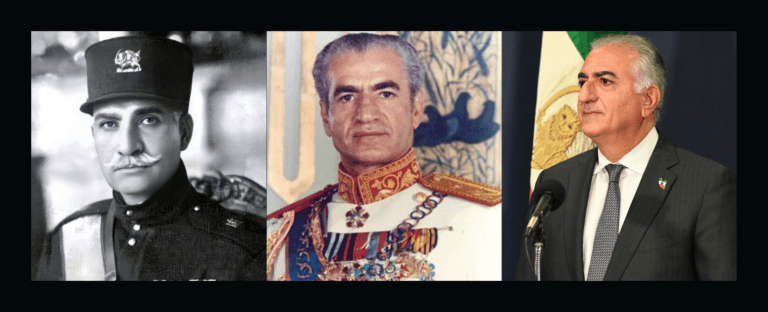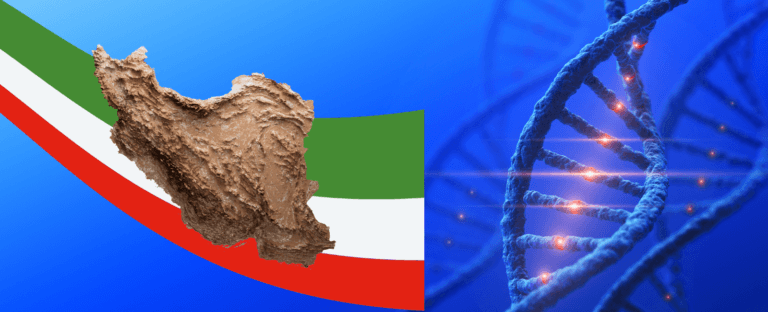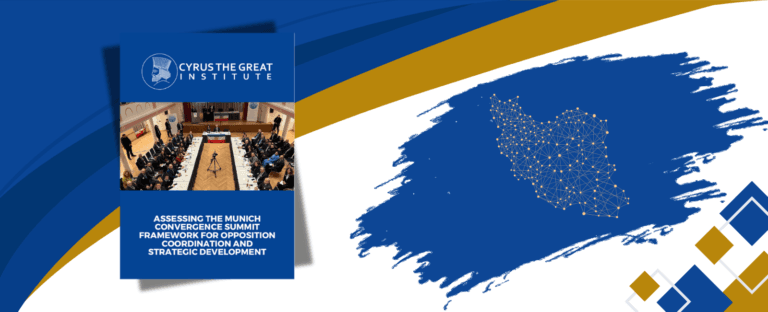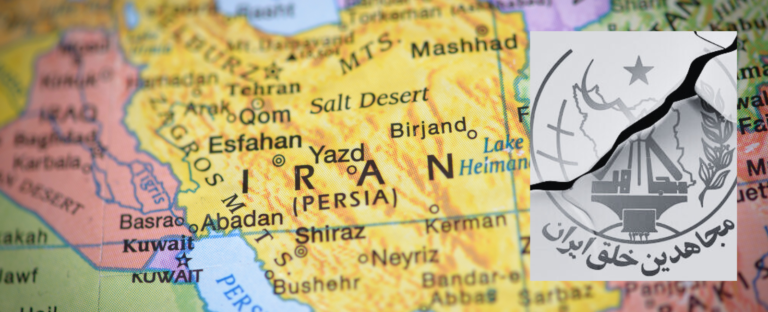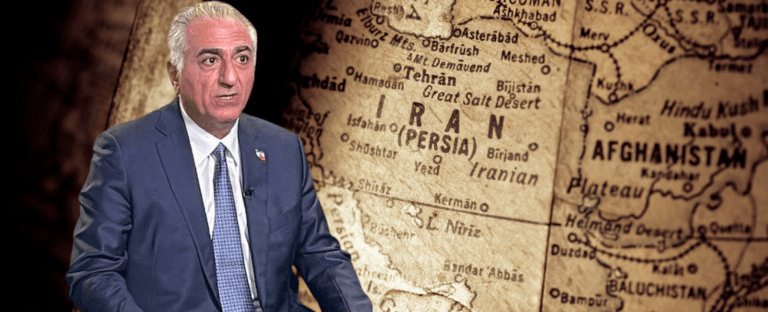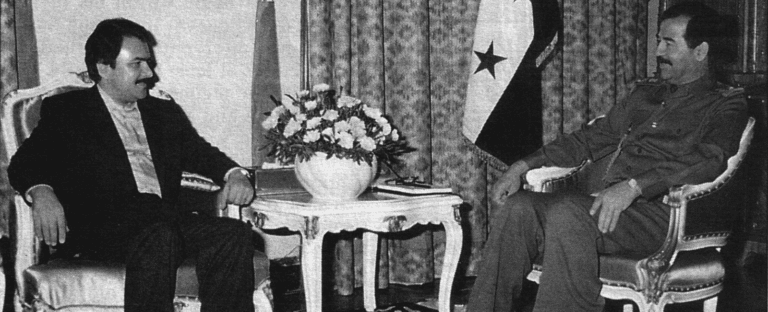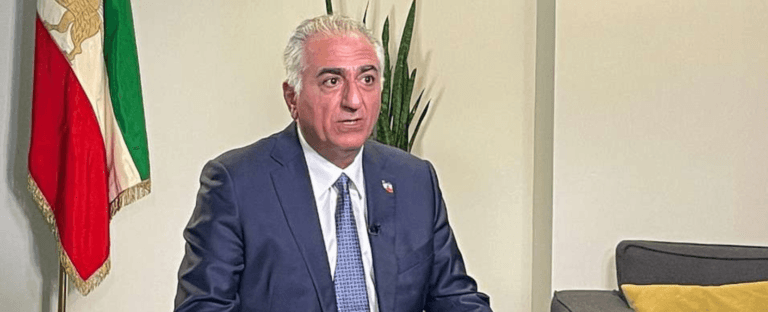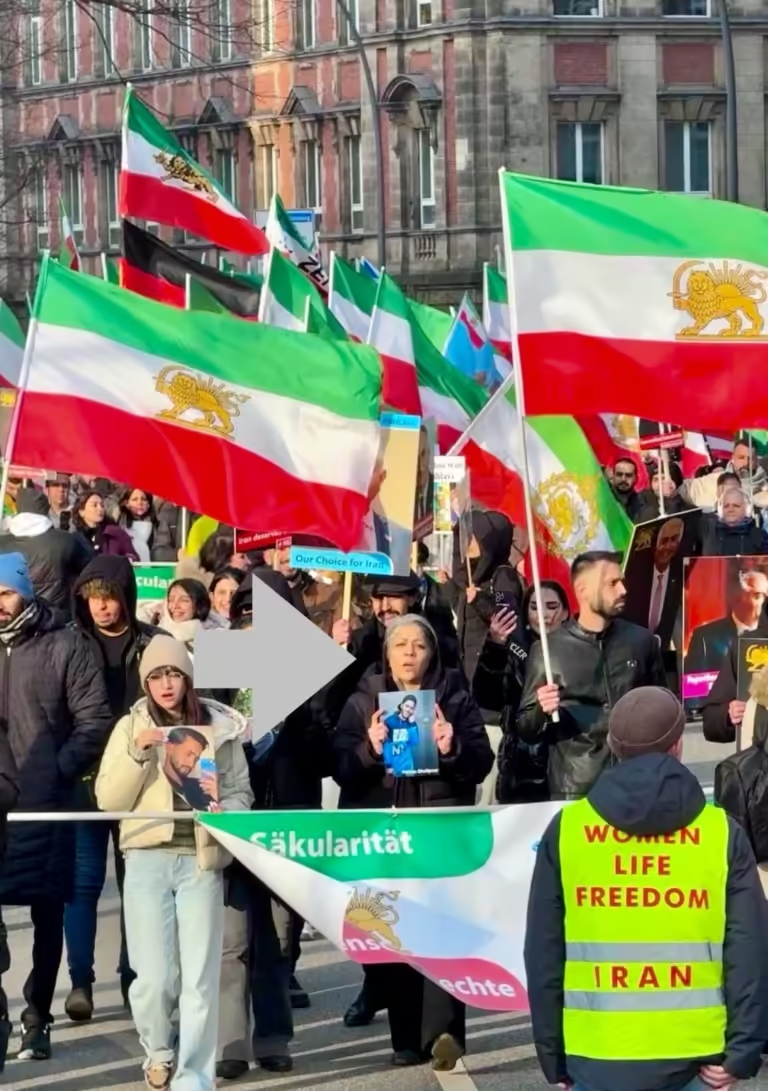Iran’s First 180 Days After Regime Collapse – A Constructive Assesment of the Iran Prosperity Project’s Transitional Plan
The Cyrus the Great Institute (CGI) presents a constructive assessment of the Iran Prosperity Project’s Emergency Phase plan, a 180-day roadmap for governance in the aftermath of the Islamic Republic’s overthrow. While recognizing the Booklet as the most comprehensive effort in nearly half a century to prepare for transition, CGI identifies both notable strengths and…

